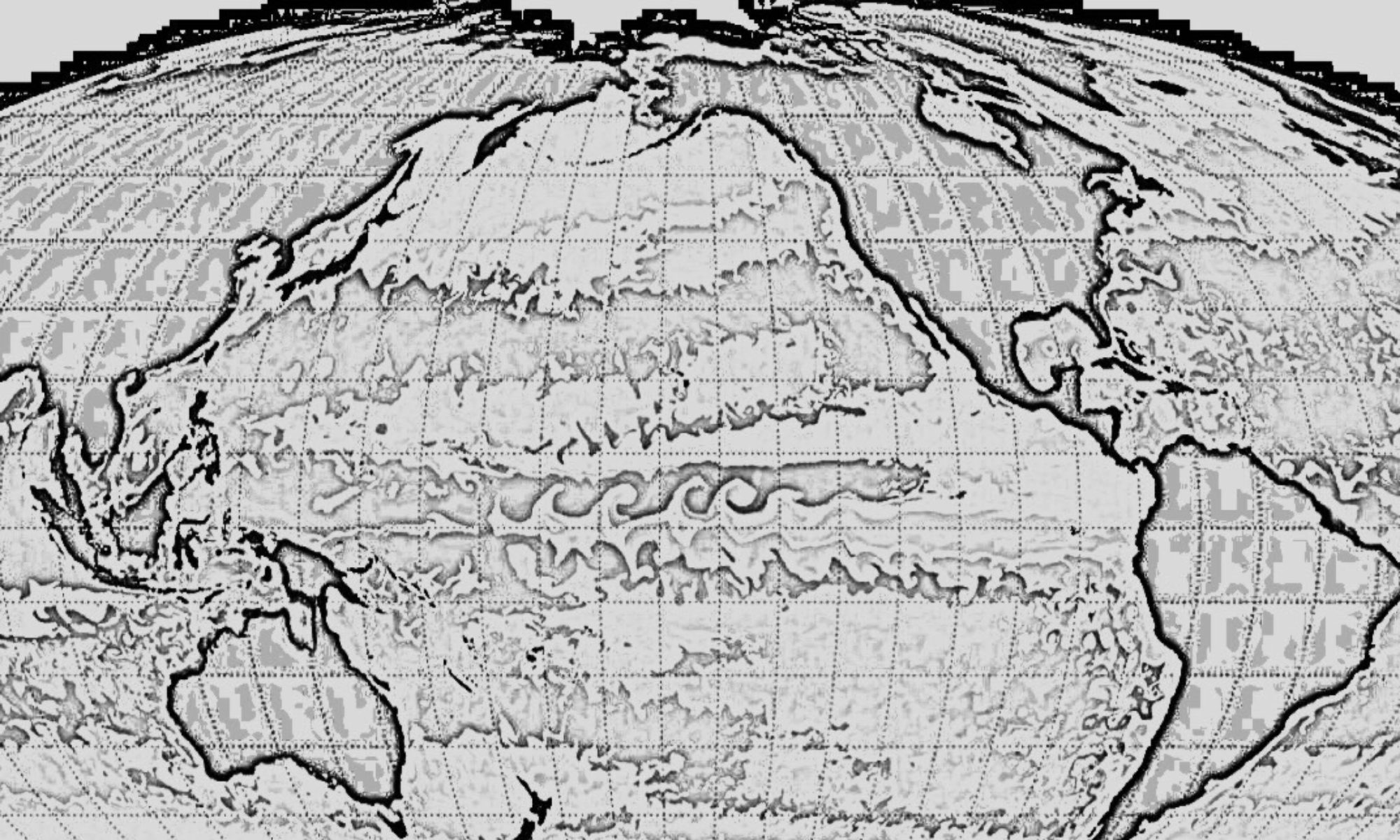Statistical Modeling of Microbial Communities: Niches, Traits, and Interactions
Andrew Irwin
Dalhousie University
Marine microbial communities form the base of the marine food web and perform about half of the photosynthesis on Earth. They are key components of the global carbon cycle and help to sequester carbon in the deep ocean, removing it from the atmosphere, through the burial of organic matter on the seafloor. The productivity and function of marine microbial communities are determined in part by the biogeography — which species live where.
We will assemble and analyze observations of microbial communities to develop predictive statistical models that describe community composition. Additional statistical models will be developed to determine the physiological and ecological traits of species and groups of species that determine the growth rates of marine microbes.
Finally, we will analyze community composition data to determine sub-communities of species that tend to co-occur or tend to not be found together to better understand the complex interactions among species and the suites of traits of species that form stable communities.
CBIOMES Collaborators in the Irwin Group
Mohammad Amirian Matlob
Dany Croteau
Peyman Fahimi
Nolan Fehon
Hanna Gingerich
Niall McGinty
News from the Irwin Group

CBIOMES Goes to Ocean Sciences 2020
Look out for members of the CBIOMES team, sharing their work at this year’s Ocean Sciences conference taking place February 16-21 in San Diego, California. (more…)

Fall 2019 SCOPE Gradients Workshop
Twelve from CBIOMES attended the 2019 Gradients Workshop held at the Alexis Hotel in Seattle WA October 15 through 17. Please note access to this page is restricted to CBIOMES...
NEW CBIOMES PUBLICATION
Catherine Fiset, Andrew J. Irwin, Zoe V. Finkel (2019), The macromolecular composition of non‐calcified marine macroalgae, Journal of Phycology, doi: 10.1111/jpy.12913 Get the PDF [Requires login]

Phytoplankton Realized Niches Track Changing Oceanic Conditions at a Long-Term Coastal Station off Sydney Australia
by Helen Hill for CBIOMES CBIOMES researchers in the Dalhousie Group looking at changes in phytoplankton biogeography in response to changing climate find mean phytoplankton niches closely tracked changes in mean...
- 1
- 2








